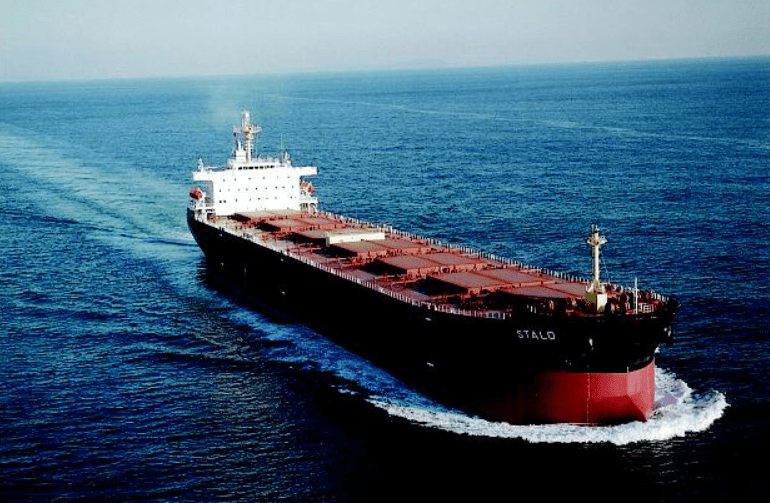Through the first nine months of 2022, only 8.4 million deadweight tons (dwt) of new Capesize and Panamax vessels have been ordered.
This represents less than 1.3% of the world fleet at the beginning of the year.
Despite recent declines in steel prices, new vessel prices have remained at elevated levels due to limited shipyard capacity.
Golden Ocean Group does not anticipate a dramatic increase in newbuilding orders given historically high newbuilding prices, a shortage of competitive financing, shipyard capacity constraints and questions about what technology is truly future-ready.
Also an order book at its lowest level in 30 years as a percentage of the operating fleet largely supports expectations of an improving charter market.
Capesize
With a fleet of focused exclusively on large vessel classes, Golden Ocean has significant operating leverage.
Over the past 18 months, the company has actively increased and renewed its fleet, disposing of several older vessels and acquiring or ordering 28 modern vessels. The company is the largest listed owner of large bulk carriers, with an average age of approximately 6.5 years, including newbuildings.
After growing 2.0% so far in 2022 and approximately 4.2% per year on average over the last decade, the global dry bulk carrier fleet is forecast to grow 2.9% in 2023 and only 1.8% in 2024, well below organic replacement levels.
Depending on the impact of EEXI rules, fleet growth may slow further, as nearly 20% of vessels in the world fleet will be 15 years old or older, making them less commercially viable than their modern counterparts.
This figure is down to 16.5% of the global Capesize and Panamax segments, but is still a significant portion of the fleet.
Outlook
The International Monetary Fund (IMF) forecasts global GDP to grow 3.2 and 2.7% in 2022 and 2023, respectively, following successive downward revisions driven by inflation, geopolitical tensions and monetary policy tightening.
Likewise, growth forecasts for emerging Asia have been lowered to 4.4% and 4.9% for 2022 and 2023, respectively.
Nevertheless, the revised forecasts remain healthy by historical standards and should support continued demand for dry bulk commodities.
In particular, India‘s GDP is forecast to grow by 6.8% and 6.1% in 2022 and 2023, respectively.
Inflation is expected to decline to 6.5% and 4.1% in 2023 and 2024, respectively, according to the IMF.
While global ton-mile demand is forecast to remain flat year-on-year in 2022, a strong rebound of 3.9% is expected in 2023, according to Maritime Analytics.
![]()

